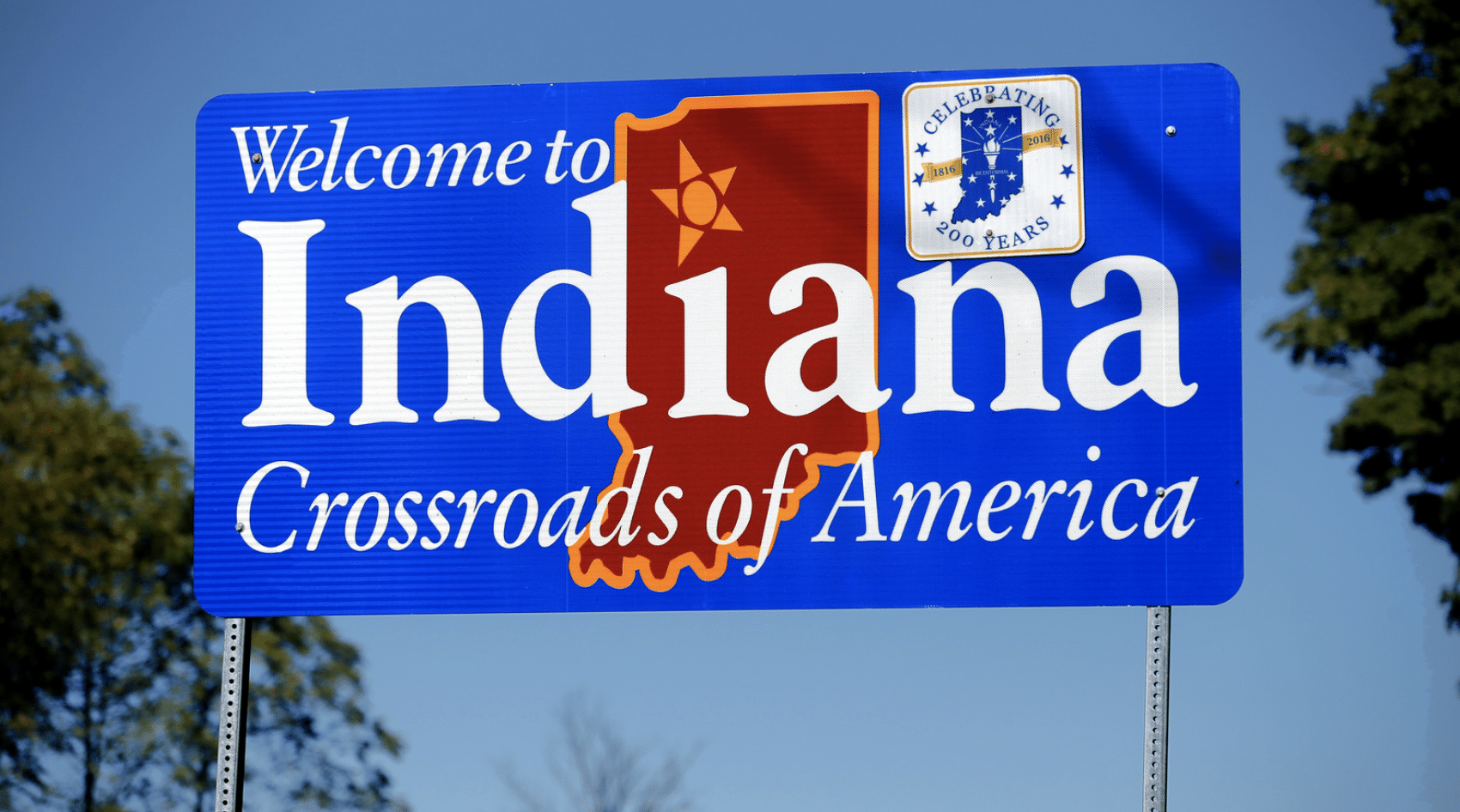GOP Candidates Lead in AG, Governor, & Senate Races
A new Emerson College Polling/The Hill survey in Indiana finds 57% of likely voters support former President Donald Trump for president in 2024, while 40% support Vice President Kamala Harris. Two percent are undecided.
“The presidential race in Indiana reflects 2020, with the same share of voters supporting Trump now than they did last cycle,” Spencer Kimball, executive director of Emerson College Polling, said. “Harris’ support reflects Biden’s 2020 support: who received 41% of the Indiana vote.”
President Biden holds a 28% job approval among Indiana likely voters, while 64% disapprove of the job he is doing as president. Governor Eric Holcomb holds a 35% job approval, while 31% disapprove of the job he is doing.
In the gubernatorial election, Republican Mike Braun leads Democrat Jennifer McCormick, 45% to 34%, while 6% support Libertarian Donald Rainwater; 13% are undecided. In the U.S. Senate election, 47% support Republican Jim Banks, while 33% support Valerie McCray; 5% support the libertarian candidate Andrew Horning, and 14% are undecided. In the Attorney General election, Republican Todd Rokita leads Democrat Destiny Wells 49% to 35%; 16% are undecided.
The top issue for Indiana voters is the economy at 44%, followed by education (9%), housing affordability (8%), abortion access (8%), threats to democracy (8%), immigration (8%), and healthcare (6%).
“Voters under 30 are most likely to rate the economy as the top issue facing their state, at 49%, while voters over 70 are least likely, at 35%. Instead, voters over 70 are most concerned about threats to democracy (12%) and immigration (10%),” Kimball said.
Methodology
The Emerson College Polling Indiana survey was conducted September 12-13, 2024. The sample of likely voters, n=1,000, has a credibility interval, similar to a poll’s margin of error (MOE), of +/- 3 percentage points. The data sets were weighted by gender, education, race, age, party registration, and region based on 2024 likely voter modeling. Turnout modeling is based on U.S. Census parameters, exit polling, and voter registration data.
It is important to remember that subsets based on demographics, such as gender, age, education, and race/ethnicity, carry with them higher credibility intervals, as the sample size is reduced. Survey results should be understood within the poll’s range of scores, and with a confidence interval of 95% a poll will fall outside the range of scores 1 in 20 times.
Data was collected by contacting cell phones via MMS-to-web text (phone list provided by Aristotle) and an online panel of voters provided by CINT. The survey was offered in English.
All questions asked in this survey with the exact wording, along with full results, demographics, and cross tabulations can be found under Full Results. This survey was funded by Nexstar Media.






